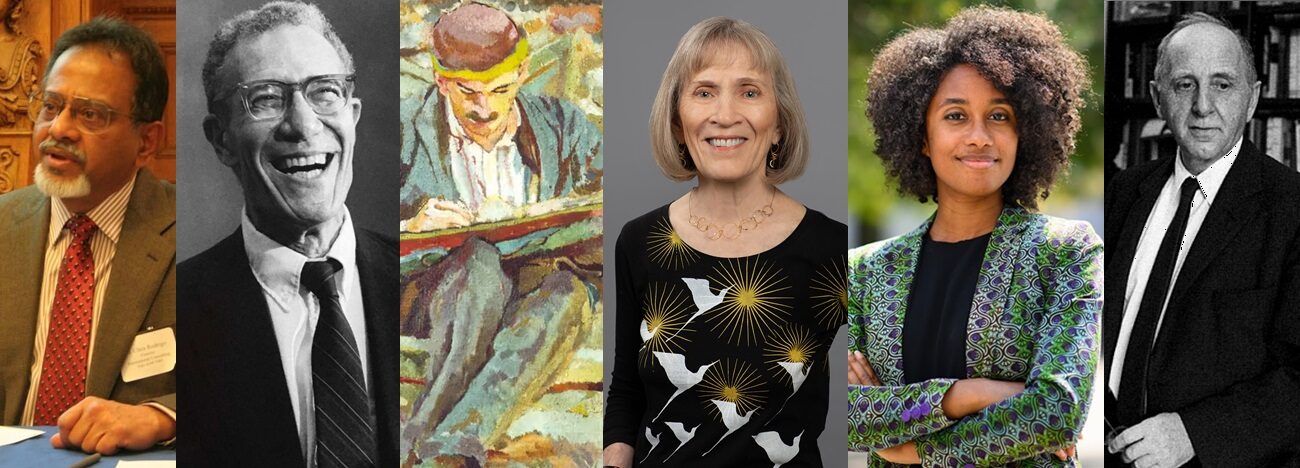By Felix Field and Brandon Kahn
Congestion pricing is a relatively uncommon policy worldwide, but a few major cities—such as Stockholm, London, Milan, and New York—have implemented it in recent years. This policy charges drivers a toll for entering specific high-traffic areas. The primary goal is to reduce traffic congestion by discouraging personal vehicle use and encouraging public transportation. In addition to easing urban gridlock, congestion pricing can also improve air quality by lowering carbon emissions from cars and motorcycles. Although only a few cities have adopted it, congestion pricing has the potential to significantly enhance urban life if implemented effectively.
On January 5, 2025, New York City implemented congestion pricing. In the case of New York City, the tax is paid when you enter the “Congestion Relief Zone,” which covers all of Manhattan below 60th Street. The toll paid upon entering the zone is also based on the time of day, with higher prices during rush hour and lower prices during the late hours of the day. Additionally, the revenue generated by the tax will then go towards MTA improvements that will improve public transportation in the future. Overall, if the tax effectively reduces traffic and increases the use of public transportation, it would be extremely beneficial to New York City, and many other cities may also benefit from implementing such a policy.
Among other cities that have already implemented congestion pricing, London has continued to see positive results after around 20 years of implementation. According to the U.S. Department of Transportation, “Congestion charging in London improves efficiency, reduces pollution, and raises revenue for transit improvements,” with automobile traffic having declined by about 20% compared to before congestion pricing. (Congestion pricing in London). Just like London, New York is a populous city with an effective public transportation system. By implementing congestion pricing, NYC could also see a reduction in pollution and traffic along with an increase in public revenue. Continue reading
